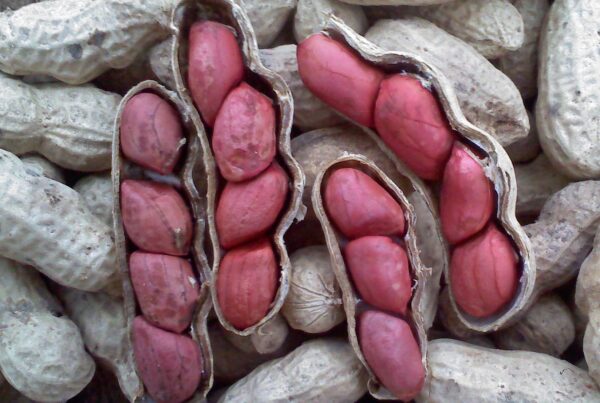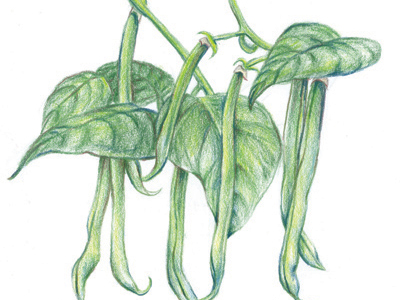Cool and warm days signal fall is here but for now our veggie garden is still lush and filled with the last of the summer crops. We are enjoying late tomatoes, tender eggplants, perfect green beans, sweet and hot peppers as well as an increasing array of tender sweet fall greens. Amidst all this plenty remember that the first frost is right around the corner. By month’s end the summer crops will be done and all of the winter crops will need to be mulched, covered or otherwise tucked in for the cold months ahead. So decide which crops you want to keep. Make arrangements to protect them. Harvest everything else. Save only the best produce for storage. Protect larger lettuce, squash, cucumbers, celery, chard, spinach, and Chinese cabbage with row cover and wire hoops. Transplant smaller plants to a cold frame or a low tunnel made with wire hoops and heavier weight spun polyester row cover held down with sandbags or the edges covered with soil.
Finish sowing kale and spinach in October for overwintering. Continue to sow hardy lettuces under cover until Oct 15. Try growing asparagus, artichoke, and short day onion varieties like Texas Early Grano seedlings overwinter in a cold frame as well. Have spun polyester row cover in place to protect tender crops from early frosts.
Harvest sweet potatoes before the soil temp goes below 55 degrees at night and air below 50 degrees (usually the week of the first frost). Cure 4-10 days at 85 degrees and 85% humidity.
Store Cured sweet potatoes at room temperature out of the light. We use cardboard boxes in a closet under the starts and have fresh sweet potatoes to eat until the next  summer.
In mid-October( when the soil temp at 4″ depth drops to 50 degrees) you can start planting garlic, yellow potato onions, Egyptian onions and shallots. Cover immediately with 3-4 inches of mulch. Inchelium Red, German Extra Hardy, Chesnok Red, and Music perform exceptionally well for us most years. Check and free trapped garlic from under heavier sections of mulch when 50% have emerged. Plant small leftover garlic bulbs whole together for fresh green garlic scallions. For more information and details on growing download Southern Exposure Seed Exchange Perennial Onion and Garlic growing Guide.
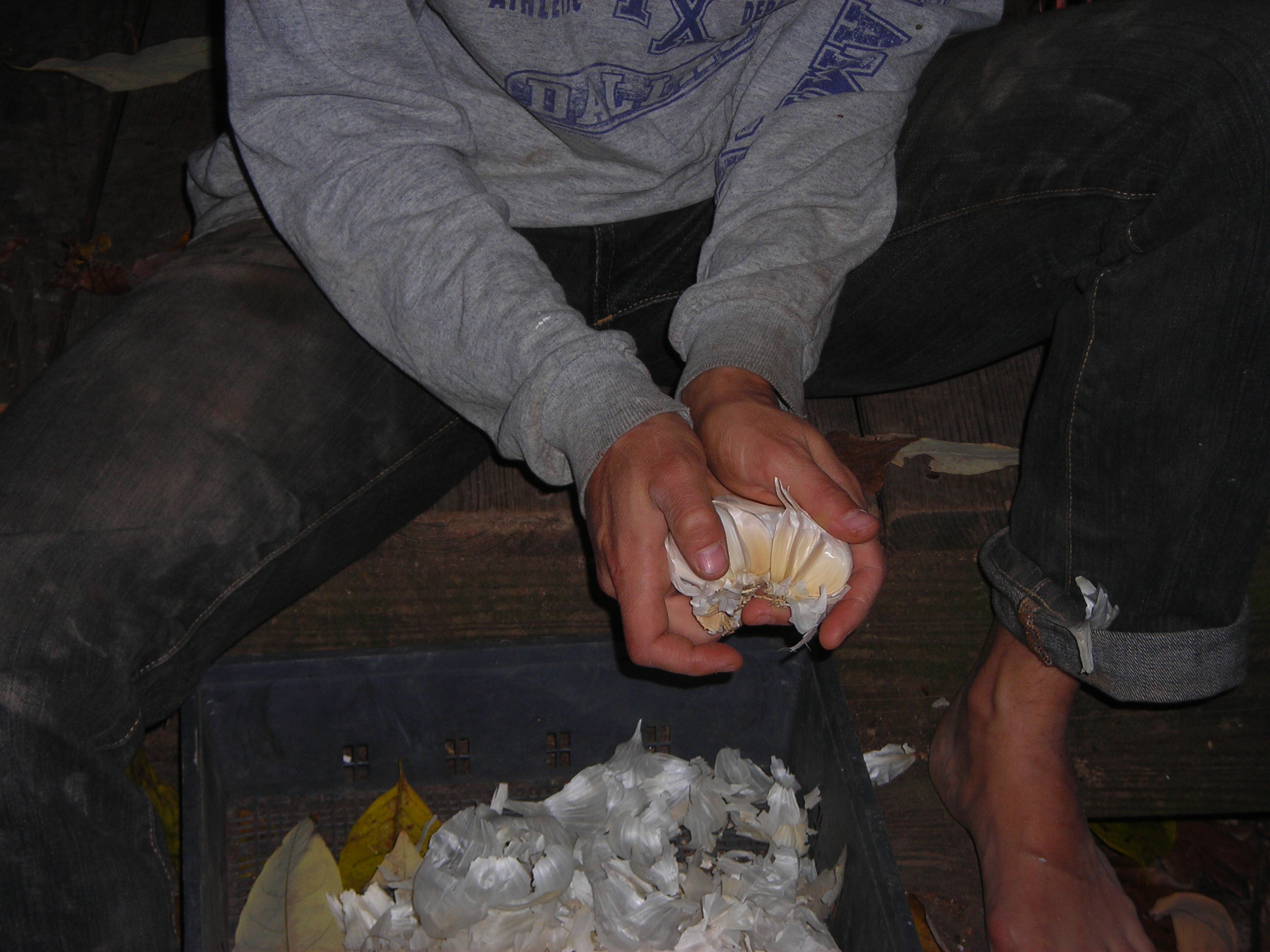 As your summer growing season ends clear out and compost  all of the weeds, garden debris, spent vines, and any fruits and vegetables that weren’t harvested; rather than allowing this litter to remain in the garden over the winter. Put away tomato cages, store hoses, cleanup and mulch your perennials. Get a soil test and spread lime or gypsum or other soil amendments as needed. Winterize your rototiller. Make notes on the harvest and start planning next year’s garden.
As your summer growing season ends clear out and compost  all of the weeds, garden debris, spent vines, and any fruits and vegetables that weren’t harvested; rather than allowing this litter to remain in the garden over the winter. Put away tomato cages, store hoses, cleanup and mulch your perennials. Get a soil test and spread lime or gypsum or other soil amendments as needed. Winterize your rototiller. Make notes on the harvest and start planning next year’s garden.
Plant cover crops as you harvest crops and empty areas of the garden. Cover crops are a great way to improve soil aeration and texture, add nitrogen, and support and encourage microorganisms and worms. Choose the proper cover crop for the season.
My favorite winter cover crops are winter rye and Austrian winter peas, both are great cover crops to plant in the fall or early winter. Austrian winter peas offer the bonus of sweet edible shoots for salads all winter and into spring. Rye will hold and protect the soil throughout the winter. Next spring it should turned under before going to seed in order to nourish the soil, or an alternative is to cut the rye grass and use it for composting. Don’t leave the crop in too long or it will become a challenge to turn under.
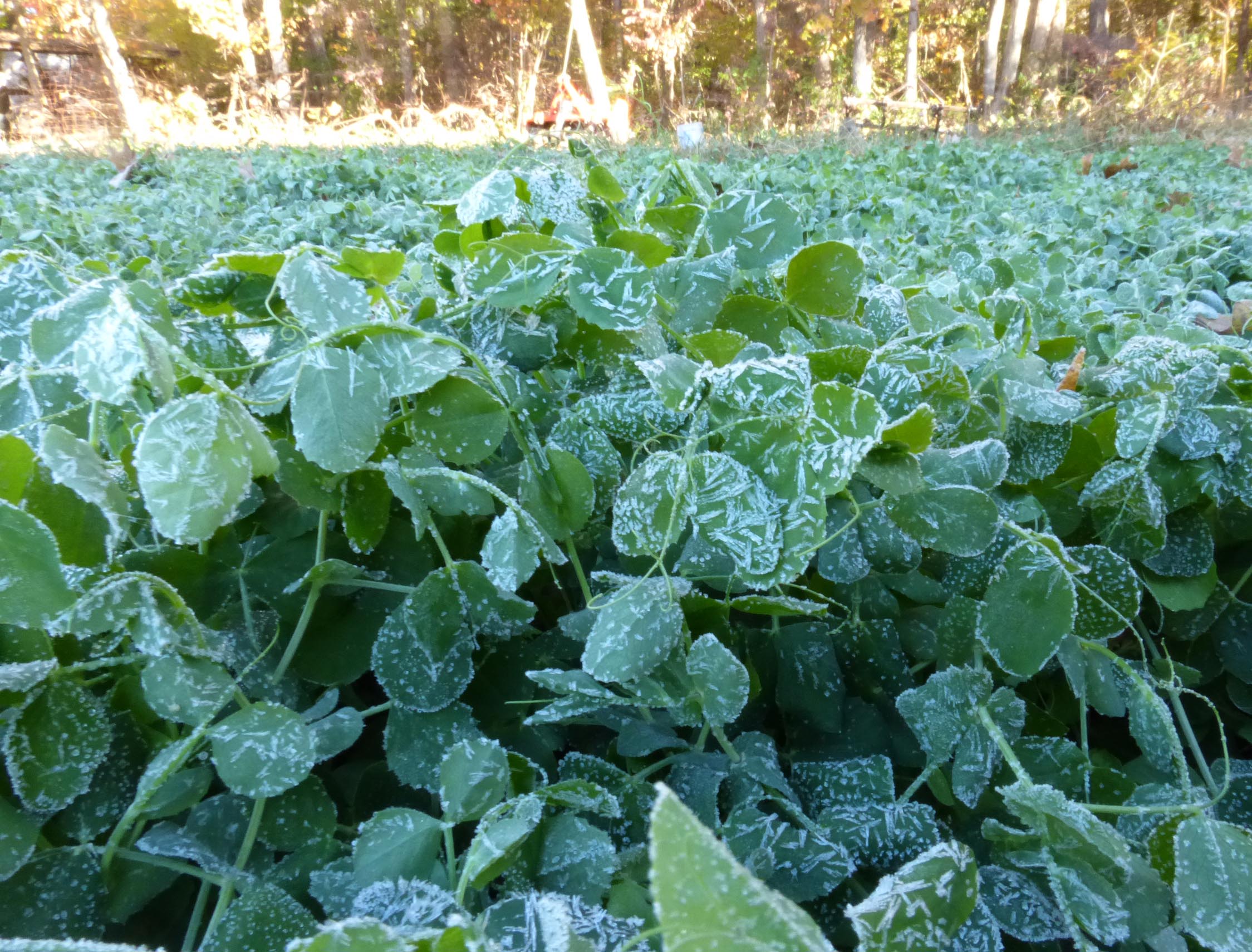 Hairy Vetch is a cover crop that’s very winter-hardy, perfect for our area and north. It also adds a lot of nitrogen to the soil – if allowed to grow over the winter into May, it can add an incredible amount of fertility to the soil.
Hairy Vetch is a cover crop that’s very winter-hardy, perfect for our area and north. It also adds a lot of nitrogen to the soil – if allowed to grow over the winter into May, it can add an incredible amount of fertility to the soil.
Crimson clover, red clover, and white Dutch clover are all used as winter or all year cover crops. Clover fixes nitrogen in the soil and is great for adding fertility to your soil. Yellow clover is perfect for improving soil structure.
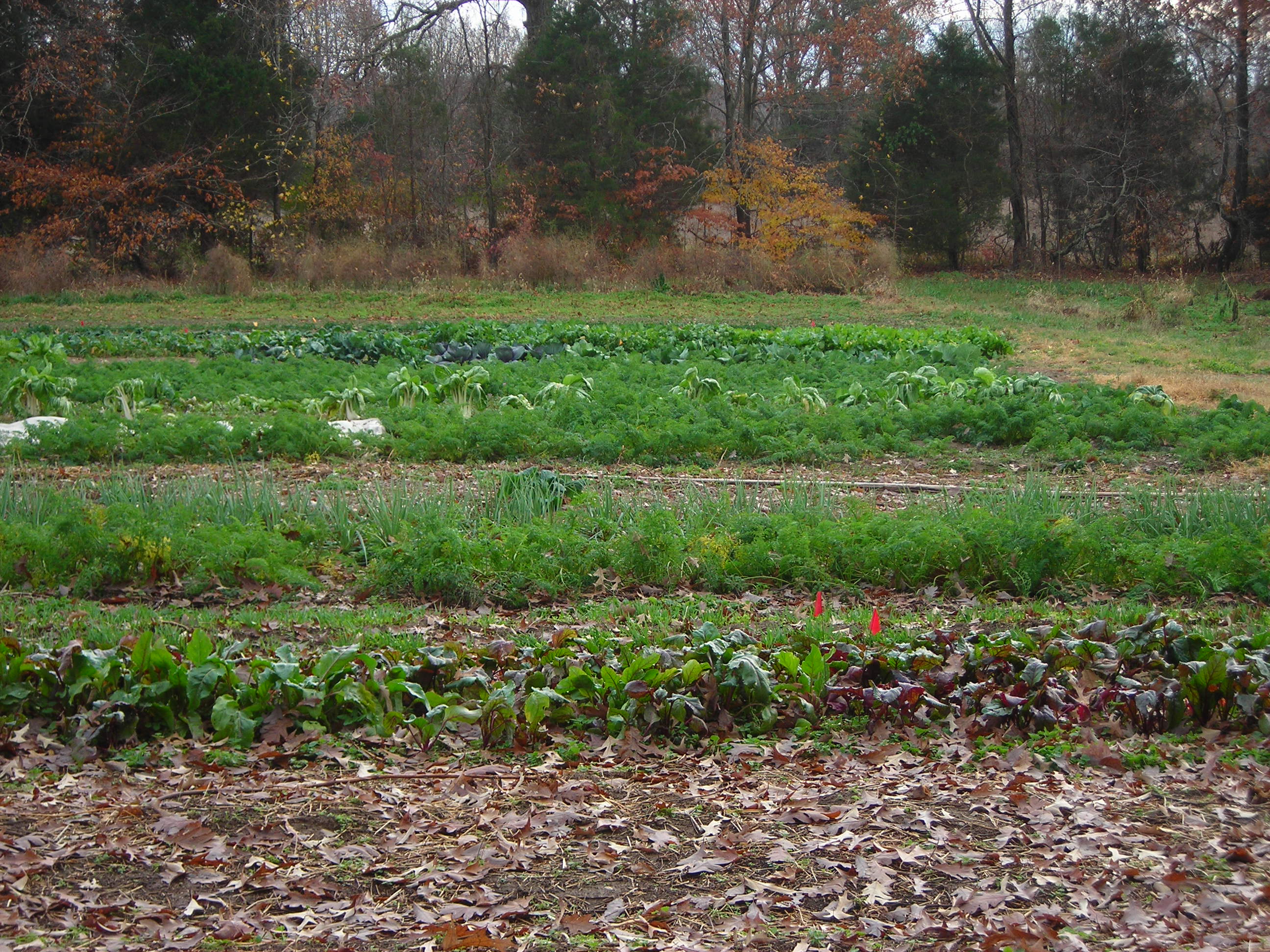 Sow an edible cover of mustard, turnips and kale in some areas. The best way to blanket and protect the soil is to keep something useful growing on it, and what is more useful than something that you can eat? And while we’re at it why not grow something that will yield a fall harvest, protect the soil over the winter months, and then return to produce additional harvests as spring arrives?
Sow an edible cover of mustard, turnips and kale in some areas. The best way to blanket and protect the soil is to keep something useful growing on it, and what is more useful than something that you can eat? And while we’re at it why not grow something that will yield a fall harvest, protect the soil over the winter months, and then return to produce additional harvests as spring arrives?
After the first hard frost harvest winter squash, move to a protected location outside to cure for 2 weeks, then into a cool, dry location for storage. Mulch or harvest and store any remaining carrots and beets for extended winter eating. Cook up a Winter Luxury pie or South Anna Butternut Squash for one of the  best pumpkin pies you ever ate.
by Ira Wallace of Southern Exposure Seed Exchange & author of the Timber Press Guide to Vegetable Gardening in the Southeast

